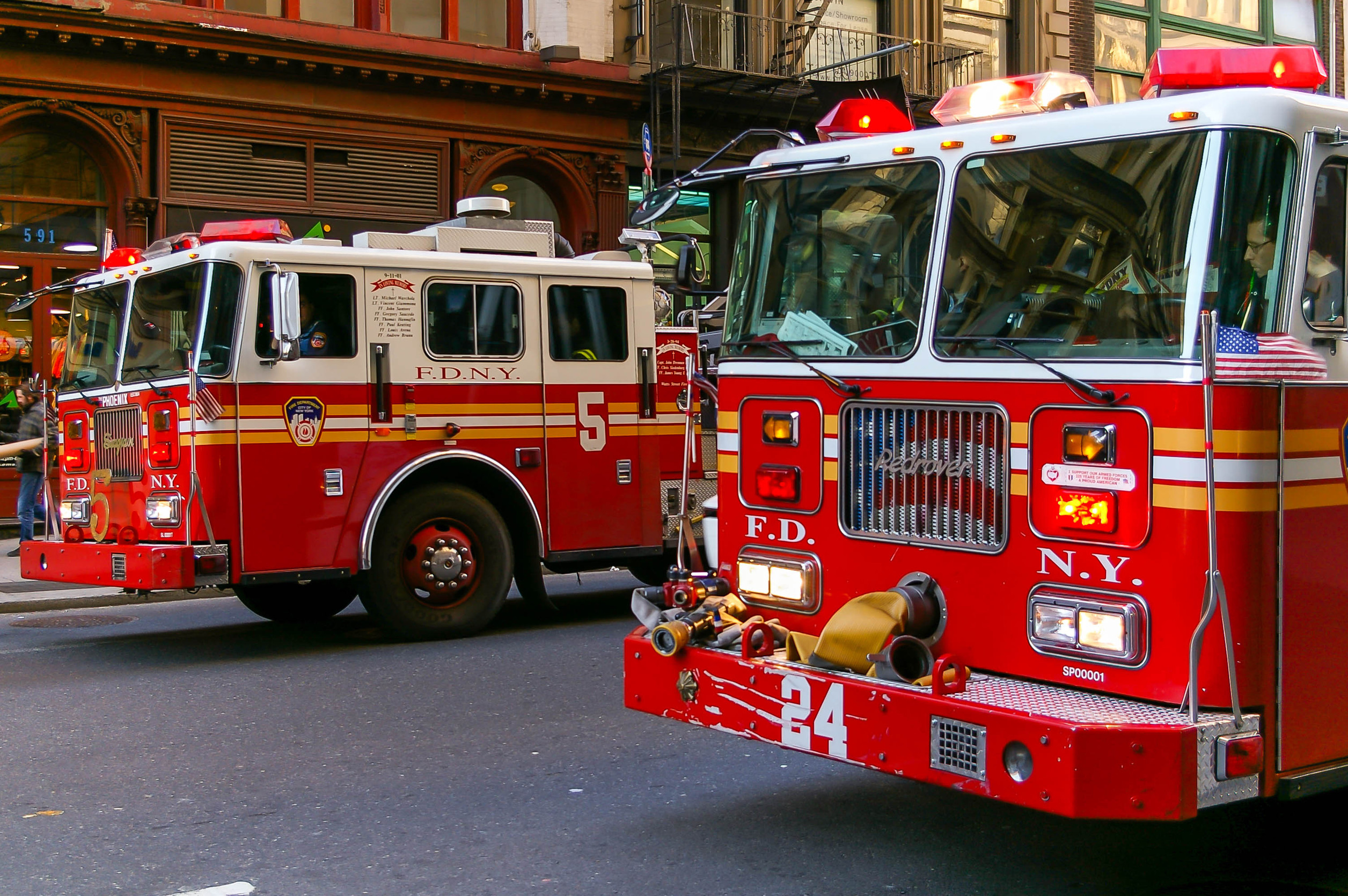Public safety is supposed to be the foundation of a secure and thriving society. It’s what lets families sleep at night, allows kids to walk to school, and gives communities the confidence to grow. Yet across the country, a startling number of public safety programs are faltering in the very areas where their impact should be strongest.
From policing to mental health response, the systems meant to protect and serve are increasingly under fire—plagued by underfunding, inefficiency, or outdated approaches. As lives are lost and trust deteriorates, the cracks in these essential programs are becoming impossible to ignore.
1. 911 Dispatch Systems Struggling to Keep Up
Emergency response begins with a 911 call, but far too many dispatch systems are overwhelmed, undertrained, or technologically outdated. In cities across the U.S., callers are left on hold during life-threatening situations or routed through confusing automated systems. Dispatchers are often underpaid, overworked, and placed in positions of high emotional strain without the proper mental health support. Some regions still rely on analog systems that fail during power outages or natural disasters, leaving communities vulnerable. The very first link in the chain of emergency response is showing serious signs of breaking.
2. School Resource Officer Programs Missing the Mark
School resource officers (SROs) were intended to foster safety and positive relationships between law enforcement and students. Instead, they have often contributed to the criminalization of student behavior, especially among minority and disabled students. Incidents of excessive force and inconsistent disciplinary actions have raised major concerns about their presence in schools. Many SRO programs lack standardized training in de-escalation or adolescent psychology, leading to preventable confrontations. Rather than ensuring safety, some programs have intensified fear and mistrust within the student body.
3. Mental Health Crisis Response Inadequate and Dangerous
Public safety isn’t just about crime—it’s also about how society responds to mental health crises. In many places, the only available responders to these situations are police officers who are not trained to deal with psychiatric emergencies. This mismatch has led to countless tragic outcomes, where a person in crisis ends up injured or dead instead of getting help. Cities that have tried alternative models—like mental health units or co-responder programs—often underfund them or fail to integrate them properly into 911 systems. Until mental health response is prioritized, vulnerable individuals will continue to fall through the cracks.
4. Amber Alert and Child Abduction Systems with Delays
Amber Alerts were designed to rapidly spread information about abducted children, but delays and inefficiencies frequently render them useless. Too often, bureaucratic red tape slows the release of vital information, wasting precious time. In rural areas, limited infrastructure and cell service gaps further delay notifications. Law enforcement agencies sometimes fail to communicate effectively with each other, reducing the reach and coordination needed in such cases. Without faster and more coordinated responses, the system is not living up to its life-saving potential.
5. Fire Department Response Times Slipping
The average response time for fire departments has been steadily increasing in many cities, and it’s not just a matter of traffic. Budget cuts have closed fire stations, leaving fewer crews to cover larger areas, often with outdated equipment and insufficient personnel. Volunteer departments in rural regions are understaffed, and recruitment is on the decline. As a result, even routine fires can quickly escalate before help arrives. When every second counts, these delays are putting lives and property at unnecessary risk.
6. Domestic Violence Intervention Programs Falling Short
Public safety programs that deal with domestic violence are often critically underfunded and inconsistently implemented. Victims frequently report inadequate follow-up from law enforcement or a lack of safe shelter options. Legal systems sometimes fail to enforce restraining orders, and abusers slip through the cracks due to overwhelmed court dockets. Culturally competent services are also lacking, which prevents many from seeking help due to language barriers or fear of discrimination. The failure to provide real, immediate protection leaves countless people in continued danger.
7. Gun Violence Prevention Programs Misaligned with Community Needs
Efforts to curb gun violence are often reactive rather than proactive, focusing heavily on law enforcement while neglecting root causes. Community-based initiatives that show promise are frequently sidelined in favor of punitive crackdowns. Many cities fail to involve local leaders and residents in program design, leading to mistrust and poor participation. Data collection is inconsistent, making it difficult to measure effectiveness or adjust strategies. These gaps result in wasted funding and continued violence where smarter, community-led solutions could have made a real impact.
8. Drug Overdose Response Programs Not Keeping Pace
The opioid and fentanyl crises have overwhelmed public safety systems, and many overdose response programs are failing to keep up. Narcan distribution is uneven, with access in poorer or rural areas often far below need. Emergency responders are sometimes slow to arrive or ill-equipped to handle repeat overdose calls compassionately. Harm reduction efforts like supervised use sites or needle exchanges remain controversial and underfunded, despite evidence of their effectiveness. As a result, the death toll continues to rise, even when tools to reverse the trend are available.
9. Prison Reentry Programs Undermined by Neglect
Helping former inmates reintegrate into society is essential to reducing recidivism, but reentry programs are often treated as an afterthought. Many lack the resources to provide stable housing, job training, or mental health support. This leaves formerly incarcerated individuals vulnerable to homelessness, unemployment, and eventual re-offense. Coordination between agencies is poor, and follow-up services tend to taper off too quickly. By failing to support reintegration, public safety programs are missing a key opportunity to break cycles of crime.
10. Traffic Safety Campaigns That Don’t Change Behavior
Billboards and ad campaigns about speeding or distracted driving make for good headlines, but their real-world impact is questionable. Enforcement efforts vary wildly between jurisdictions, and many communities fail to pair education with physical safety improvements like better lighting or road design. Pedestrian fatalities remain stubbornly high in areas with ineffective traffic enforcement. Speed limits are often poorly enforced or inconsistently changed without community input. Despite the visibility of these programs, too many are stuck in outdated methods that don’t reflect modern traffic dangers.
It’s Time to Rethink Public Safety from the Ground Up
Public safety isn’t just about responding to emergencies—it’s about preventing them in the first place, building community trust, and protecting the most vulnerable. Programs that are meant to shield people from harm are faltering not just due to funding issues, but because they are poorly aligned with the realities on the ground. Whether it’s a broken 911 system or a failing overdose response plan, the cost of these failures is measured in lost lives and broken communities. These programs need more than small tweaks—they need structural overhauls based on data, empathy, and equity.
What programs do you think are failing your community? Share your thoughts or leave a comment below.
Read More
8 Technologies That Sound Safe—Until You Read the Patent
10 Safety Features in Cars That Are No Longer Standard


